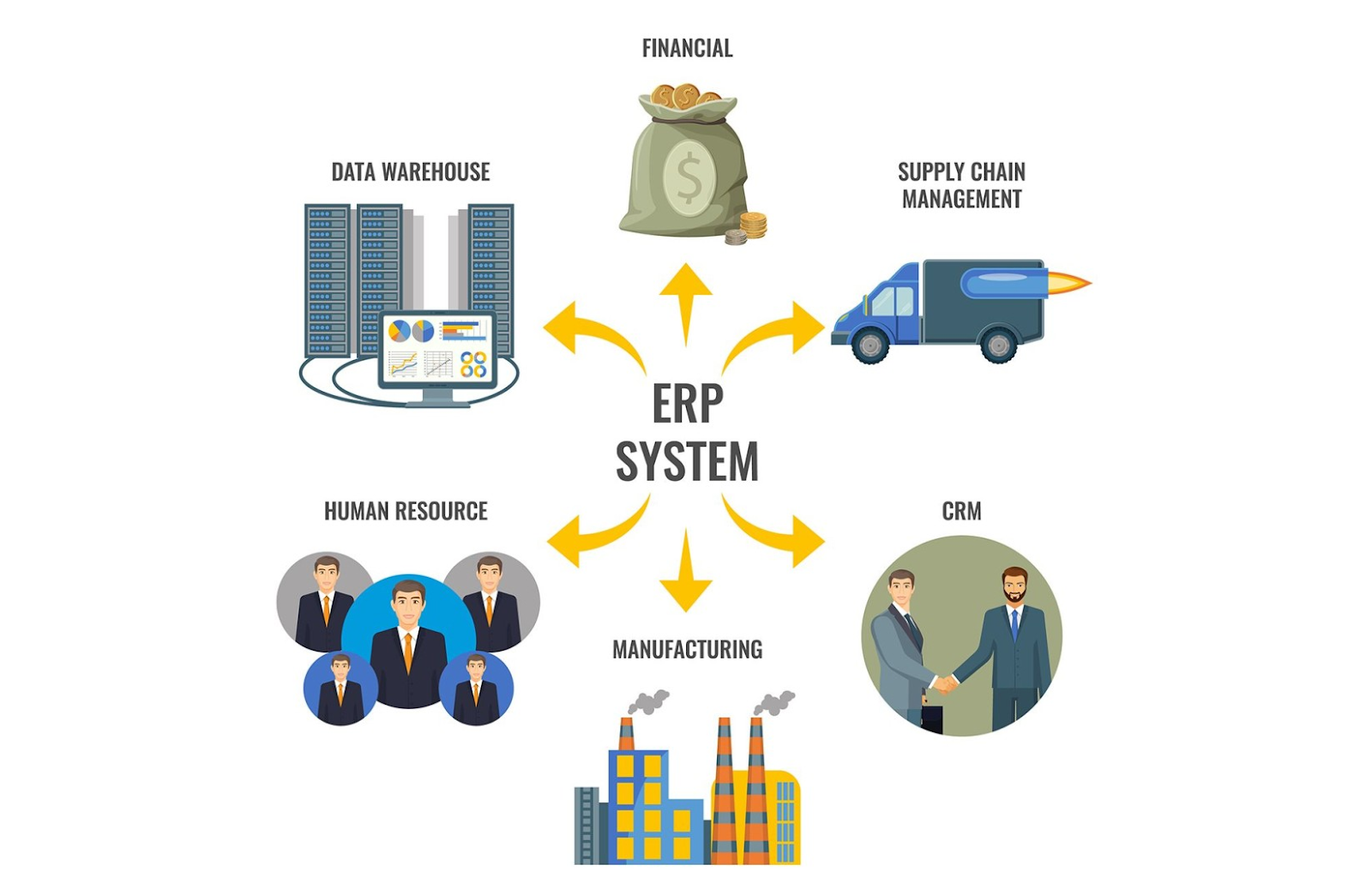Integrating ERP (Enterprise Resource Planning) systems with current school management tools offers a streamlined approach to managing various administrative functions. This integration helps schools build on their existing infrastructure while gaining the advanced features of ERP systems.
Seamless Data Flow: Integrating ERP systems ensures that data flows smoothly between existing tools and the new ERP platform. This integration consolidates information from multiple sources, such as student records, financial data, and academic performance, into a unified system. The result is improved data consistency and accuracy, which reduces errors and ensures that all stakeholders have access to reliable and up-to-date information.
Reduction in Duplication of Efforts: When ERP systems are integrated with existing tools, schools can eliminate redundant processes and avoid duplicating data entry. This streamlined approach automates data transfer between systems, which minimizes manual input and reduces the administrative burden on staff. Consequently, efficiency is increased, and the likelihood of discrepancies is minimized.
Optimized Use of Current Resources: Integration allows schools to make the most of their current management tools while incorporating the advanced capabilities of the ERP system. Instead of completely replacing existing systems, schools can enhance their functionality by connecting them to the ERP platform. This approach ensures that prior investments in management tools continue to provide value, while benefiting from the expanded features of the ERP system.
Enhanced Reporting and Analytics: By combining data from various sources through integration, ERP systems offer more comprehensive reporting and analytics. This integration enables accurate and insightful analysis of school operations, academic performance, and financial management. Improved reporting tools help administrators make informed decisions and identify areas for improvement based on a holistic view of data.
Improved User Experience: A unified interface provided by integrated ERP systems simplifies the user experience. Users can access all necessary tools and data from a single platform, reducing the need to switch between different systems. This cohesive environment enhances administrative efficiency and user satisfaction.
Increased Flexibility and Scalability: Integration provides flexibility and scalability, allowing schools to adapt to changing needs and expand functionalities as required. The ability to incorporate additional tools or modules into the ERP system ensures that the school’s management infrastructure can evolve with its requirements.
Enhanced Data Security: Consolidating data management through integration improves security by centralizing access controls and protection measures within the ERP system. This centralization helps maintain consistent security protocols and reduces vulnerabilities associated with managing multiple disparate systems.
Integrating ERP systems with existing school management tools offers a range of benefits, including seamless data flow, reduced duplication of efforts, and optimized use of resources. This approach enhances overall efficiency, reporting capabilities, and data security, leading to a more cohesive and effective management environment.
